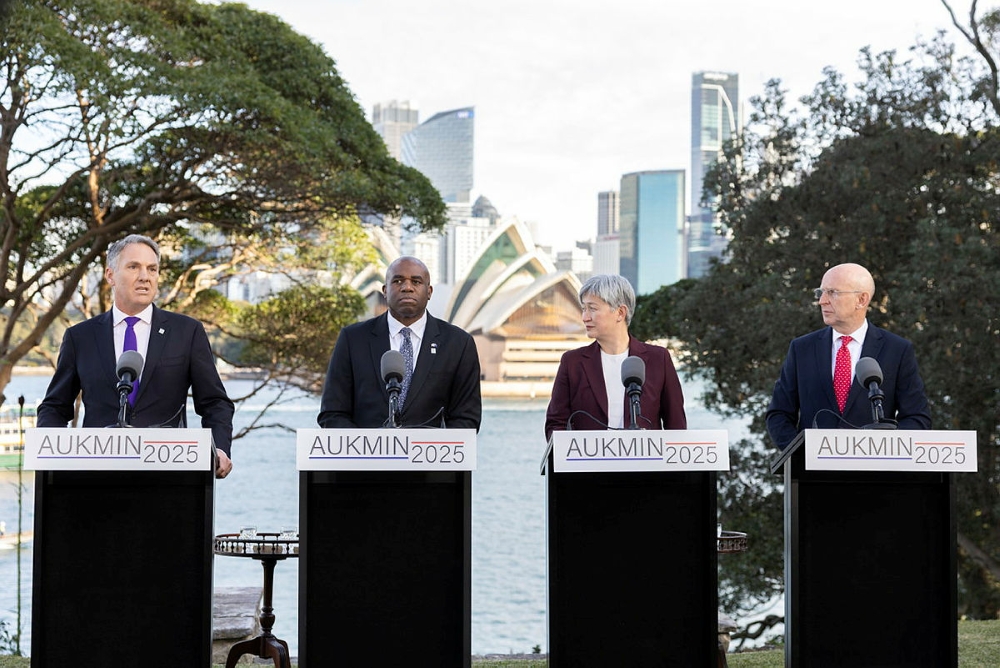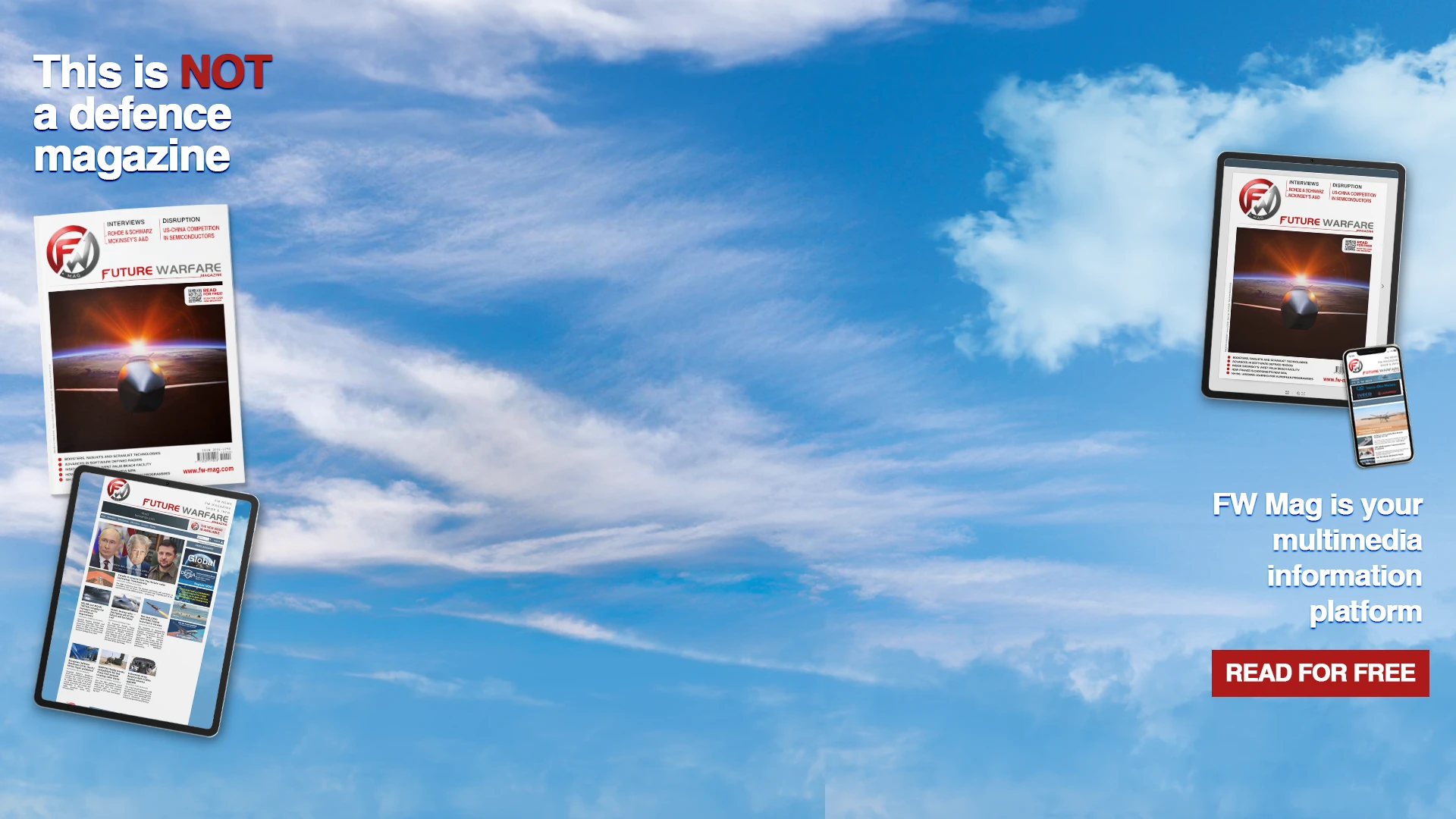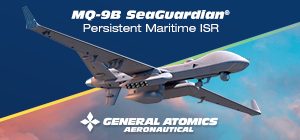
In the Australia – UK ministerial meeting for 2025, marked by the entry of HMS PRINCE OF WALES in Darwin (first visit by a UK aircraft carrier to the port since 1997), the two Countries have reaffirmed their close cooperation and agreed a number of new, specific activities to start in the near future.
Most importantly, on 26 July 2025 Richard Marles, Deputy Prime Minister and Minister for Defence of Australia and John Healey, UK Secretary of State for Defence, signed the bilateral Nuclear-Powered Submarine Partnership and Collaboration Treaty in Geelong, Australia. The so-called Geelong Treaty sets out “50-years of cooperation” to deliver the ambitious AUKUS Pillar I project: the new generation of SSN for the Royal Navy and Royal Australian Navy. The deal adds to the trilateral AUKUS Naval Nuclear Propulsion Agreement (ANNPA) signed with the US earlier this year to define in the detail the arrangements for the nuclear reactor cores (to be made by Rolls Royce in the UK but integrating also US technology).
The Geelong Treaty details UK-Australia measures for “comprehensive cooperation on the design, build, operation, sustainment, and disposal” of the SSN-AUKUS submarines, with an anticipated fleet of at least 17 to be built: 12 for the UK and at least 5 for Australia (to initially add to 3 VIRGINIA-class boats).
On the way to the SSN-AUKUS, Ministers have refreshed plans for the deployment of Royal Navy SSNs in Australia: an ASTUTE-class boat will “visit” Australia in 2026, “delivering a varied programme of operational and engagement activities”. The visit will support preparations for the establishment of the Submarine Rotational Force – West from as early as 2027: this will be a group of US submarines and a single UK ASTUTE boat residing in HMAS STIRLING (Perth).
Cooperation on advanced technology under AUKUS Pillar II is also continuing. During the ongoing TALISMAN SABRE 25 mega-exercise, AUKUS partners carried out another ‘Maritime Big Play’ activity experimenting with surface and subsurface drones and related technologies and AI. In a particularly notable experiment, the partners tested the remote operation of the UK’s Extra Large Unmanned Underwater Vehicle, XV EXCALIBUR, controlled from Australia while operating in UK waters.
UK and Australia forces will further cooperate later this year in Malaya during exercise BERSAMA LIMA 2025, again with the UK Carrier Strike Group of HMS PRINCE OF WALES. The BERSAMA LIMA series of exercises ensure interoperability for the 5 Powers defence alliance.
The UK has thanked Australia for the support in preparing Royal Air Force crews for the incoming E-7A WEDGETAIL AEW&C aircraft: under a specific ‘Seedcorn’ training program running to December of this year, the RAF sent personnel in Australia to preserve a core of Airborne Early Warning and Control expertise after the early withdrawal of the E-3D SENTRY fleet. “Thanks to the exceptional support of the Royal Australian Air Force (RAAF), since its inception in 2018, 30 RAF personnel have been trained in WEDGETAIL operations.
In August, Australia will deploy one of its E-7A to Europe under Operation KUDU to help protect vital supply lines for humanitarian aid and military assistance into Ukraine. In this mission, the aircraft will be jointly crewed by UK and Australia.
Australia will also continue to contribute to the training of Ukrainian personnel in the UK under Operation INTERFLEX.
The UK reaffirms its interest in advanced Australia AESA radar technology. The two Countries will “deepen cooperation on using Active Electronically Scanned Array (AESA) radar technology. This includes exploring the potential of using Australian AESA radar technologies for UK integrated air and missile defence applications”.
The UK had already previously committed to examining the Australian CEAFAR for possible adoption in the Royal Navy and now plans include “a series of targeted risk reduction activities in the near future to inform future decisions”, possibly connected to developing Royal Navy plans for Future Air Dominance System, the combination of sensors and weapons destined to the future Type 83 destroyer and prospective Type 91 uncrewed arsenal vessel, intended to replace the Type 45s.
RAN and RN will also work together on the Type 26 platform (HUNTER class for the RAN, CITY class for the RN), undertaking a series of joint platform familiarisation activities regarding underwater and above water weapon systems, primary acoustical intelligence analysis, and overall signature management.
Cooperation is also planned in the field of missiles, bombs and ammunition. The UK’s Complex Weapons Pipeline (which is delivered primarily through the 10-year teaming with MBDA UK) and Australia’s own Guided Weapons and Explosive Ordnance Enterprise will establish a closer cooperation. As a first step, “the Ministers announced a collaborative effort to develop modular, low cost components for next-generation weapon systems”.
One area of cooperation is most notable for its absence from the AUKMIN joint declaration, and that is Land Mobility Platforms. This had been highlighted as an area for cooperation in the past with BUSHMASTER being a leading contender in the race towards a Land Mobility, Protected, “Medium” platform for the British Armed Forces. Thales has also offered to establish a BUSHMASTER production line in its plant in Glasgow, Scotland, if the vehicle was selected.
The new AUKMIN declaration does not touch Land Mobility themes at all, possibly an indirect confirmation that the Patria 6x6 is becoming the British Army favourite for the Medium requirement.
The Thales Australia HAWKEYE in theory could be a candidate platform for the Light Protected requirement, but this has always been seen as less likely.








.png)
